
OR
19 reasons to be hopeful
Published On: December 31, 2018 06:30 AM NPT By: Republica | @RepublicaNepal
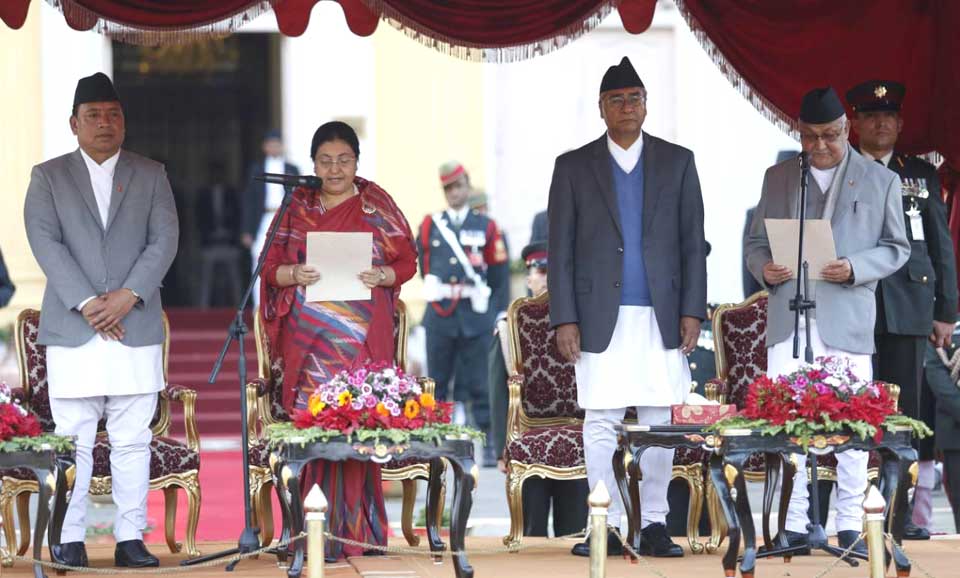
Despite various shortcomings, the year 2018 created hope in some areas. Some initiatives taken by the government, some achievements attained in various sectors such as tourism, sports, infrastructure development and connectivity with other countries have spread some message of optimism in the public. Here are some examples:
1 Stable government in place
Ending years of political instability, the country is believed to have embarked on the path of stable government from 2018 as the Nepal Communist Party (NCP) won two-thirds seats in parliament and formed a government led by KP Oli in February. Oli and former Maoist Chairman Pushpa Kamal Dahal, who played key role to merge two major communist parties — CPN-UML and CPN (Maoist Center) — to form the NCP in May became co-chairs of the unified party. The unified party has formed majority governments in six of the seven provinces and also heads most of the 753 local units. Presence of a strong government in the center, provinces and local level is expected to expedite economic and development projects as per the prime minister’s slogan “Prosperous Nepal, Happy Nepali”.
2 Social Security Scheme launched
The government launched a social security scheme for employees working in registered firms and organizations. The scheme dubbed as ‘milestone’ for employees extends social protections on a contributory basis. As per the scheme, each employee will contribute 11 percent of his/her monthly salary in a fund while the employer will have to make a counterpart payment into the fund equivalent to 20 percent. Employees contributing into the fund will be entitled to various social security benefits.
3 Nepal-Malaysia MoU on migrant workers
The government finally signed an MoU with the Malaysian government in October, paving the way for Nepali workers to go to Malaysia with the travel expenses covered by the employers concerned. The MoU was signed as Malaysia-bound Nepali workers were compelled to pay over Rs 100,000 despite a government-announced “free-visa free-ticket” system already in place.
4 Energy Agreement with Bangladesh
In August, Nepal and Bangladesh reached an agreement to export electricity produced in Nepal. Since several hydropower projects are under construction in Nepal, it can export surplus electricity to neighboring countries as per the agreement signed with Bangladesh.
5 Monorail deal
In December, the Kathmandu Metropolitan City signed an agreement with China Railway’s Bureau Group for preparing the Detailed Project Report of monorail to be built along the 27.5-kilometer Ring Road. The feasibility study of monorail in Kathmandu was first conducted in 2012 but there was no progress in the absence of elected peoples’ representatives. Kathmandu mayor Bidya Sundar Shakya has announced to complete the project with top priority.
6 Nepal-India Railway
Nepal and India have agreed to develop “an electric railroad” connecting Kathmandu with Raxaul of Bihar. In a bilateral meeting between Prime Minister Oli and his Indian counterpart Narendra Modi, Nepal and India signed an agreement to this effect in April. The agreement to connect Kathmandu with India by railroad came two years after China agreed to develop a railroad to Kathmandu. Apart from this, Indian railroad has already reached Biratnagar. In November, a train arrived in Biratnagar from Bathnala of India. The cross-border railway line stretches 18.1 kilometers from Bathana of India to Kotahari of Nepal where 13.1 kilometer falls in Nepal.
7 Kerung-Kathmandu Railway DPR work
Nepal and China agreed to prepare a DPR for Kerung-Kathmandu Railway. After the National Railway Authority of China conducted a study, both the countries have agreed on the DPR. The railroad will be 80 kilometers long and is expected to be completed in eight years at the cost of around Rs 300 billion.
8 Tiger numbers double
The number of tigers in Nepal doubled earlier this year. The estimate of a survey released in September shows that the adult tiger population in the country has reached to 235, which is a 19 percent increment from the last census in 2013. According to the Department of National Parks and Wildlife Conservation (DNPWC), Chitwan National Park boasts of the highest concentration of tigers in the country with 93 adult tigers. Likewise, there are 87 tigers in Bardiya National Park, 21 in Banke National Park, 18 in Parsa National Park and 16 in Shuklaphanta National Park.
9 End of transport cartels
The government announced to end transport syndicate in May. Its implementation, however, hasn’t been very encouraging. The Ministry of Physical Planning and Transport Management has extended the deadline for transport operators to register their businesses under the Companies Act. People are still hopeful that the government will not backtrack on its move to end the transport cartels.
10 Meeting 1 million tourist target
As Nepal starts Visit Nepal 2020 campaign, the number of tourists arriving in the country is gradually increasing in recent times. This is also considered as one of the reasons to be hopeful in 2019. Details provided by the Department of Immigration, Nepal recorded 520,000 tourist arrivals in the first six months of 2018. The inflow is 13 percent more compared to the previous year. This has made tourism entrepreneurs and officials hopeful about achieving the target of welcoming 2 million tourists in 2020.
11 Mulpani Cricket Ground
It’s been a years-long dream for Nepali cricket fans to see Nepali cricketers playing national as well as international matches at the under-construction Mulpani Cricket Ground. But it took years for the construction work to gather momentum. Lately, some issues including the acquisition of land has been resolved and construction has gained pace. The stadium, which will have a cricket academy, practice ground, hostel, administrative building and swimming pool, is expected to be ready within two years.
12 Preparations to reopen Tatopani border
The devastating earthquakes of 2015 not only caused a huge loss of lives and property but also cut off Nepal’s major link with China as the Araniko Highway was badly damaged by the quakes. The closure of the only highway connecting Nepal with northern neighbor further increased Nepal’s dependence on India. Other road links to China such as the Rasuwa-Kerung aren’t in good condition. This badly hampered the trade between the two countries. The Chinese side has started work to restore the quake-damaged highway and the road is expected to reopen in May 2019.
13 Road reaches Dolpa
Dolpa was connected with the national road network earlier this year. With this, the country’s road access has reached to all district headquarters except for Humla.
14 CIAA in action
Controversy about chief commissioner of the CIAA, Lokman Singh Karki, ended in 2018 after the Supreme Court disqualified him as the head of the anti-corruption body. After appointment of new CIAA chief and some other members in the constitutional body, the CIAA has stepped up investigations into irregularities at various national projects and some government offices that are taken as most-corrupt bodies. Its recent actions against those involved in some scams such as Siktra Irrigation Project and polymer note printing scam have spread a message of hope in the public.
15 Internet from China
The commercial operation of an optical fiber link formally began earlier this year, paving the way for supply of Internet bandwidth via Jilong gateway near Kerung, the Nepal-China border. With this, Nepal can now get bandwith Internet from both of its neighbors. Before launching the cross-border optical fiber link from China, Nepal was fully relying on Indian Internet.
16 Hongshi cements in Nepal
Hongshi-Shivam Cement, a Nepal-China joint venture, started its production under the brand Hongshi Cements. With the entry of the international cement manufacturer in Nepal which produces in large scale, the price of cements is expected to drop in the local market. Over 1,000 Nepalis are employed in the Hongshi-Shivam factory in Nepal.
17 Koteshwar-Kalanki Ringroad, (Kalanki underpass opens)
As people in Kathmandu who have seen any major infrastructure project taking years and even decades to complete, the completion of Koteshwar-Kalanki Road Project along with an underpass at Kalanki square came as a relief. The 10.5 kilometer Kalanki-Kathmandu road expansion project, which started in 2013 with a Chinese grant of Rs. 5.13 billion was completed earlier this year.
18 Narayanghat-Mugling Road upgrade
People travelling along the Narayanghat-Mugling section, a key road connecting the capital city with the rest of the country, had to spend several hours to cross the 36 kilometers section for years. With the completion of the upgrading task of the road earlier this year, people can now cross the road section in around 45 minutes. This has come as a big relief for travelers in this key road section.
19 Motihari-Amlekhgunj Pipeline
Construction of Motihari-Amlekhgunj fuel pipeline is going to be complete soon. Of the pipeline’s total length of 36.2 kilometers, only 12.2 kilometer section remains to be constructed. Work to lay pipeline along the 33.7-kilometer section from Motihari to Raxaul has been completed.
You May Like This
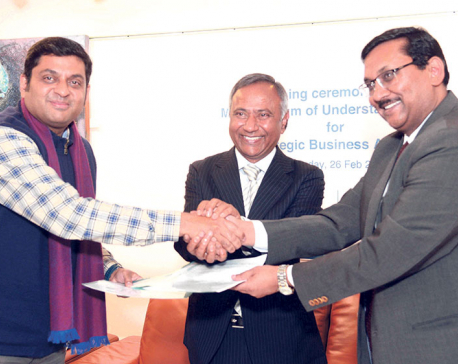
Standard Chartered Bank Nepal, Nepal Mediciti join hands
KATHMANDU, Mar 1: Standard Chartered Bank Nepal Ltd (SCBNL) and Nepal Mediciti have signed an agreement to provide various discounted... Read More...
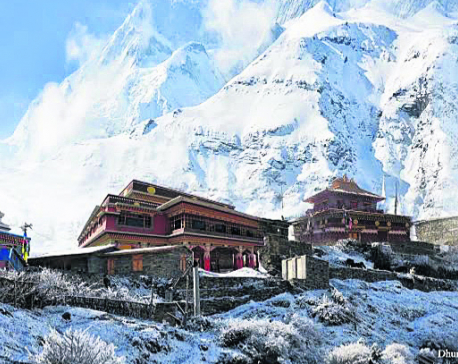
Dhurmus, Suntali to build ‘a Nepal within Nepal’
KATHMANDU, June 5: After successfully completing three settlement projects for earthquake victims and other communities, the actor couple Sitaram Kattel (Dhurmus)... Read More...

Nepal vs Kenya: Five crucial things Nepal looks for second match
KATHMANDU, March 12: Nepal is taking on Kenya on Monday in the second match of the ICC World Cricket League... Read More...




Just In
- Sunkoshi-Marin Diversion Project’s tunnel construction nears completion, breakthrough scheduled for May 8
- Govt tightens security arrangement for Third Investment Summit 2024
- Pesticide residue found in vegetables in Nepalgunj
- Aam Janata Party and Samajwadi Jana Ekata Party merge
- 1,600 participants confirmed for Nepal Investment Summit
- Ilam-2 by-elections held peacefully, vote count likely to start tonight
- NEA schedules five-day power cut across Kathmandu Valley for underground cable installation
- Hundreds of passengers including foreign tourists in distress as poor visibility halts flights to and from PRIA







-1200x560-wm_20240427144118.jpg)


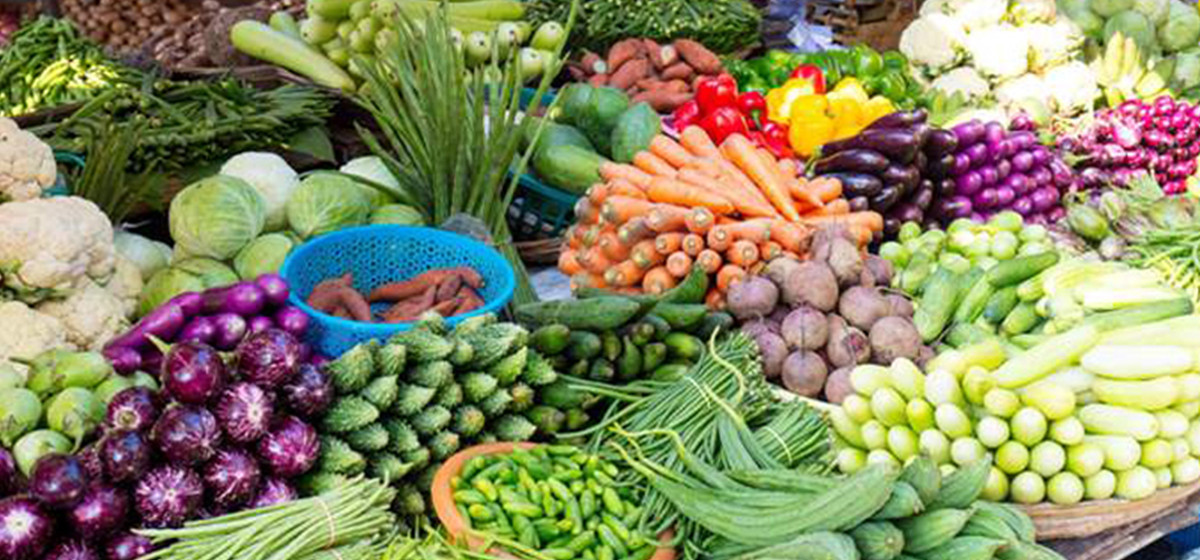
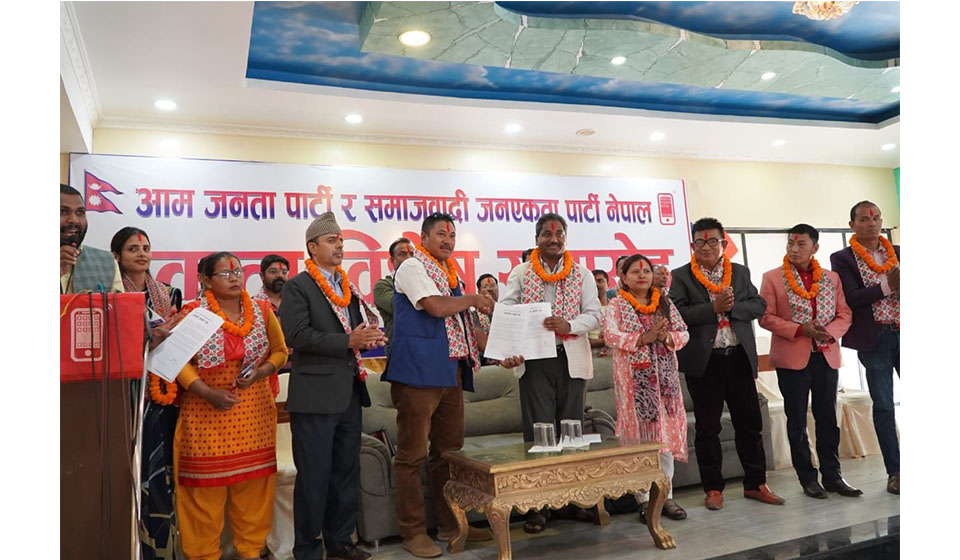

Leave A Comment